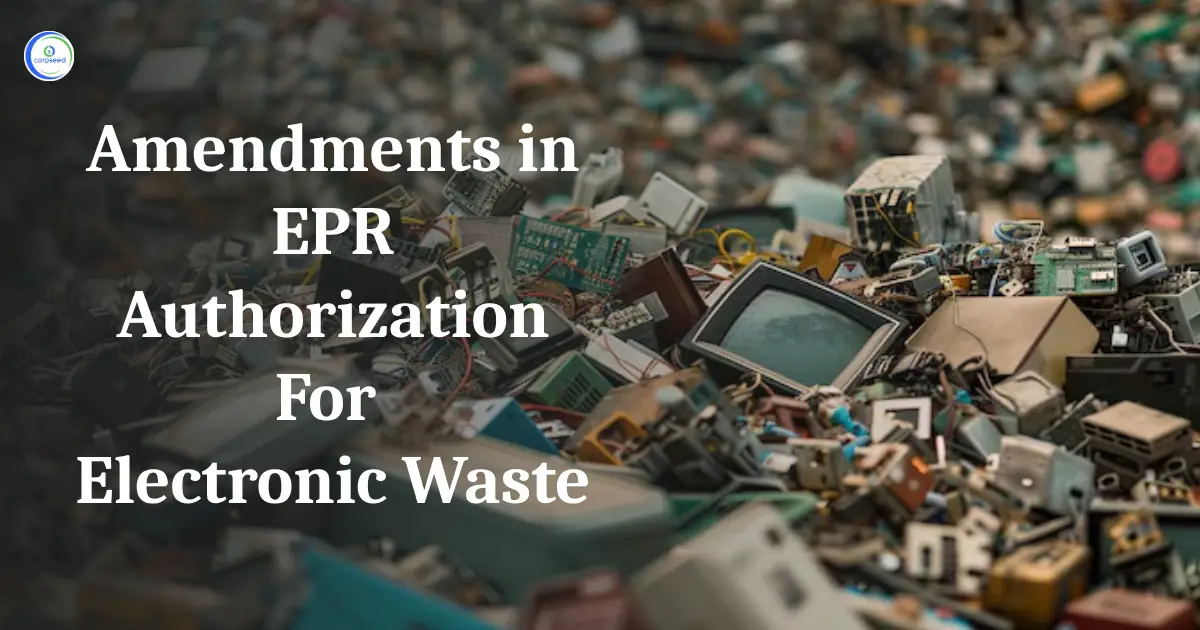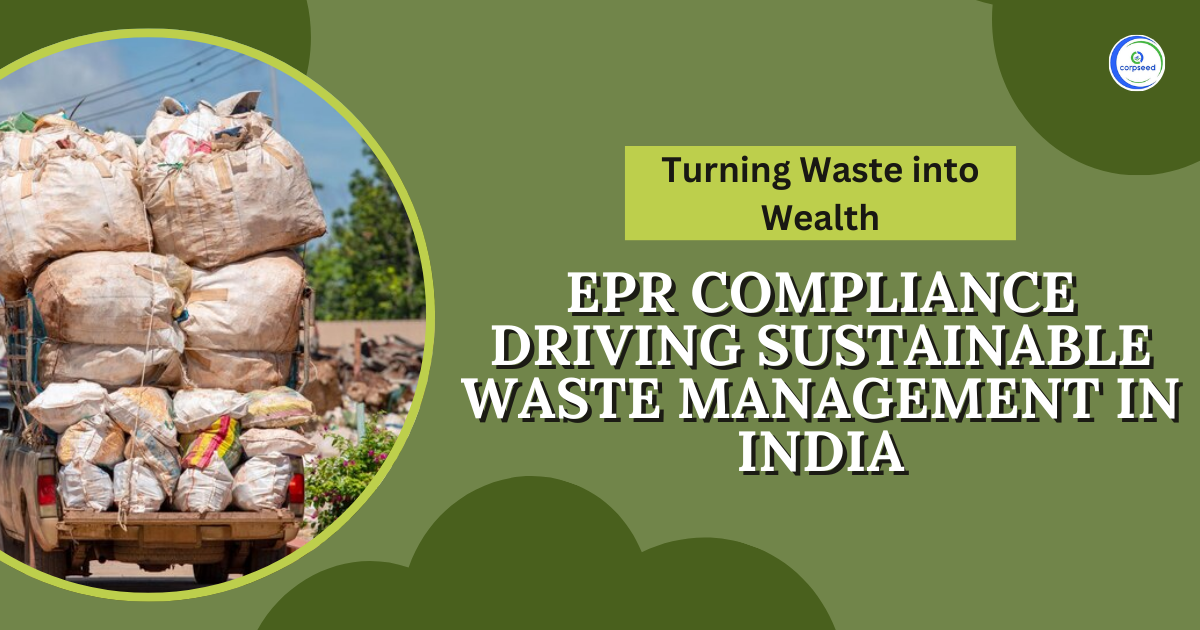Introduction
In the wake of a whirlwind of plastic bundling bans and limitations in India, including Prime Minister Narendra Modi's aggressive June declaration of wiping out single-utilize plastic by 2022, the nation's plastics industry and neighbourhood governments are really investigating EPR plans. The Plastic Waste Management Rules, which were informed by the Ministry of Environment and Forest and Climate Change (MoEF&CC) in March 2016, have now been altered and will be called Plastic Waste Management (Amendment) Rules 2018. (Correction archive)
Table of Contents
--------------Blog Contact Form-------------
The MoEFCC had instituted Plastic Waste Management Rules 2016 which addresses and stipulates measures for all partners of the worth chain. Be that as it may, execution on ground was a long way from genuine. Because of this the issue of low worth plastics continued to develop. In this manner, as a major aspect of the state activity, the Government of Maharashtra forced a prohibition on most plastic items on the eighteenth March 2018.
Status of plastic use in India
As per a September 2017 report by the CPCB, which extrapolated information from 60 significant urban communities, the nation creates around 25,940 tons of plastic waste a day. Around 94 per cent of this involves thermoplastic, for example, PET (polyethene terephthalate) and PVC (polyvinyl chloride), which is recyclable. The remaining has a place with thermoset and different classifications of plastics, for example, sheet shaping compound (SMC), fibre-strengthened plastic (FRP) and multi-layer thermocol, which are non-recyclable.
As indicated by the most recent report on the Implementation of PWM rules distributed in 2016, the plastic waste produced the nation over is near 1.6 million tons per year, with practically 50% of it originating from Maharashtra and Gujarat. As indicated by industry body FICCI, 43 per cent of India's plastics are utilized in bundling and are single-utilized plastic. Utilization has obviously surpassed India's ability to reuse. An ongoing report appears more than 90 per cent of the all-out plastics that end up in the sea originates from waterways in Asia and China. It distinguishes the Ganga and Indus as significant sources in South Asia
In 2017, the Central Pollution Control Board (CPCB) assessed that around 25,940 tons of plastic waste is created in India every day. Be that as it may, as indicated by Plastic Infrastructure Report, 2017, India devours near 12.8 million tons of plastic for every annum, of which, near 5 million tons is rendered as waste each year. 70% of the plastic waste industry is casual in nature and no activity plan for formalizing the business has been pushed over the most recent two years.
According to CPCB, in 2017 India produced around 1.46 lakh MT of strong waste day by day of which Maharashtra is the greatest supporter at 22,570 MT of waste every day followed by Tamil Nadu, UP, Delhi and Gujarat. While, the plastic waste produced in India is 25,940 MT for every day according to CPCB in 2017. What's more, correspondingly, for Maharashtra the plastic waste age is around 1200-1500MT every day according to MPCB in 2017 (Telangana, 2018). CPCB gauges that of the all-out plastic waste produced 60% is being reused and the remaining is either littered or winds up in the landfill (CPCB, 2015). Out of the ones that are littered or dumped in landfill, bigger piece of it is multilayered and thin plastic sacks since they don't create an incentive for reusing (CPCB, 2015).
On the other hand, under the Good and Service Tax (GST), plastic waste was put under a 5 per cent area, hurting the easygoing section, which starting at now doesn't have a strong movement plan.
Plastic Waste Administration (PWM) Rules, 2016
- Expanding the base thickness of plastic convey sacks from 40 microns to 50 microns.
- The obligation of neighbourhood bodies Rural territories are brought under the standards since plastic has arrived at provincial regions too. The gram sabhas have been given the obligation of usage.
- Expanded Producer Responsibility Earlier, EPR was left to the attentiveness of the neighbourhood bodies. First time, the makers and brand proprietors have been made answerable for gathering waste created from their items.
- Record Keeping Producers are to track their sellers to whom they have provided crude materials for assembling. This is to control the assembling of these items in the chaotic division.
- The obligation of waste generator All institutional generators of plastic waste will isolate and store the waste created by them as per the Rules, and handover isolated squanders to approved waste removal offices.
- Duty of road sellers and retailers Not to give such convey packs or fine would be forced. Just the enlisted retailers on the instalment of an enrollment expense to nearby bodies would be permitted to give out plastic convey sacks on charge.
- To advance the utilization of plastic for street development or vitality recuperation.
Plastic Waste Management (Amendment) Rules, 2018
- The changed Rules set out that the elimination of Multilayered Plastic (MLP) is currently material to MLP, which are "non-recyclable, or non-vitality recoverable, or with no substitute use."
- The revised Rules likewise recommend a focal enrollment framework for the enlistment of the maker/merchant/brand proprietor.
- Any system for enrollment ought to be mechanized and should consider the simplicity of working together for makers, recyclers and makers.
- The concentrated enlistment framework will be developed by CPCB for the enrollment of the maker/shipper/brand proprietor. While a national vault has been endorsed for makers with nearness in multiple states, a state-level enlistment has been recommended for littler makers/brand proprietors working inside a couple of states.
Types of Plastic Wastes
- Multi-Layered Plastic (MLP) - For cookies, chocolates, and biscuit wrappers, most businesses use Multi Layered Plastic packaging. Combined with other materials such as paper, paperboard, polymeric fabrics, metalized layers or aluminium foil, this consists of plastic. This packaging helps in the safe storage of perishables, but MLP solutions have not been given enough consideration by the designers to recycle.
- Polyethylene Terephthalate (PET) - Polyethylene terephthalate, commonly referred to as PET, is a widely used packaging material that has high recycling potential.
Conclusion
Be that as it may, the plastic industry utilized around 4 million individuals and contained in excess of 30,000 preparing units, 85-90 percent of which are little and medium-sized undertakings in India (IBEF, 2017). What's more, Maharashtra represents a bigger piece of this offer. Along these lines, the financial aftermath of the boycott was disturbing. Be that as it may, in any event, during at this circumstance, the plastic business wants to join hand and accompany a reasonable and straightforward system with the State Government.
A further answer for this could be to build up an extensive EPR approach that will decide the degree and obligation of all partners distinguished in PWM 2016 of their items. In addition, this will control all partners to altogether oversee and reuse the plastic waste that gets created. Furthermore, further, the appointed obligations of the plastic makers will be checked successfully, so that there could be no more errors in the waste administration framework and there could be 100% recovery of a wide range of plastic gradually.
Today makers produce various kinds of plastics as appeared in fig 1 (Banerjee, Srivastava, and Hung, 2012). In light of material the market is divided as PET, PP, HDPE, LDPE, PS, PVC, and Others. Plastic industry in India adds to around 8% of the GDP. India represented 18.9 million MT of the utilization of plastic polymers in 2015 (Mirror). India reuses around 60% of the complete plastic waste produced every year, which is over the worldwide normal. There is a desperate need to screen this progression of plastics in the framework like never before through a vigorous EPR strategy.
This portion of the site is for informational purposes only. The content is not legal advice. The statements and opinions are the expression of author, not corpseed, and have not been evaluated by corpseed for accuracy, completeness, or changes in the law.
BOOK A FREE CONSULTATION
Get help from an experienced legal adviser. Schedule your consultation at a time that works for you and it's absolutely FREE.





.webp)



